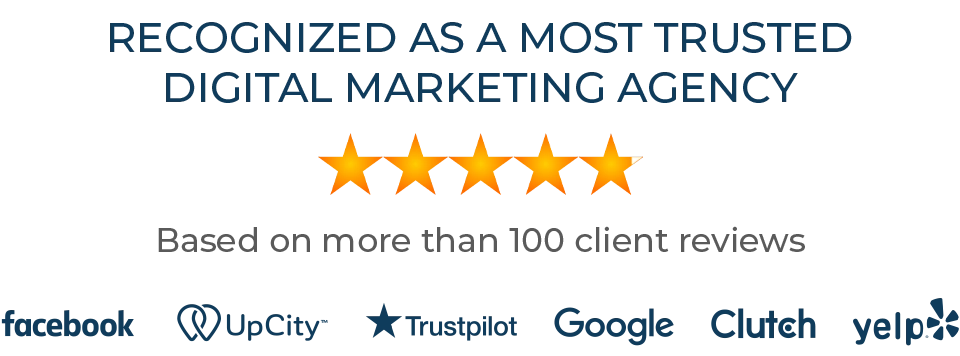Matthew Mullins traded a steady paycheck in corporate engineering for the thrill—and uncertainty—of running his own firm. In this Stir interview, Aginto’s Chris Williams unpacks how Matt’s meticulous preparation, quadrasync use of technology, and servant-leadership ethos turned a side gig into a growing structural engineering practice.
Day One: Preparation Tempered by Nervous Excitement
Although engineering demands precision, Matt knew that no amount of planning could eliminate every curveball. After years of researching business formalities and targeting firms led by soon-to-retire founders, Matt finally launched his own company. “Day one was a long-time coming,” he recalls. He’d built a pipeline of quick-turn projects for contractors, which outperformed expectations—and proved the concept could sustain him full-time.
From Solo Operator to Servant Leader
Early on, Matt embraced servant leadership: “If I’m willing to work alongside my team in the trenches, they’ll follow my vision.” But discovering that everyone isn’t wired like an engineer meant refining his approach. A master’s in Engineering Management from Penn State taught him emotional intelligence, conflict resolution, and how to adapt his style to each colleague’s strengths.
Cutting-Edge Tools for Clearer Communication
Structural engineering can feel abstract—but Matt’s firm bridges that gap with technology. Drones capture damage after storms; frameworks like Polycam turn images into interactive 3D models; cloud-based photo apps log site conditions in real time. “Clients see exactly what we see,” Matt explains. “When you rotate a digital model and zoom in on a cracked beam, their understanding—and confidence—skyrockets.”
Tax Surprises and Team Building
Even well-prepared entrepreneurs face unexpected tests. A smart insurance-savings strategy triggered a hefty IRS bill, teaching Matt to vet every financial move. He also recognized early that business development wasn’t his strength. Entrusting that role to a passionate, extroverted vice president let Matt focus on engineering—while ensuring growth.
Balancing Precision with Empathy
Engineers thrive on black-and-white logic, yet clients grappling with property damage need reassurance. Matt admits he’s still honing his people-skills: “My instinct is to solve problems, not to comfort. I’m learning to meet clients first as humans, then as projects.” That balance—technical rigor plus genuine empathy—is now at the heart of his practice.
A Future Rooted in Ownership and Opportunity
Matt’s vision extends beyond blueprints: he’s committed to making his firm employee-owned, so the team that builds its success also reaps the rewards. “I want the people who turn these dials every day to share in the value they create,” he says. As his firm continues to adopt new tools and expand its digital footprint, Matt is equally focused on cultivating leadership and lifelong learners in every office.
Matthew Mullins traded a steady paycheck in corporate engineering for the thrill—and uncertainty—of running his own firm. In this Stir interview, Aginto’s Chris Williams unpacks how Matt’s meticulous preparation, quadrasync use of technology, and servant-leadership ethos turned a side gig into a growing structural engineering practice.
Day One: Preparation Tempered by Nervous Excitement
Although engineering demands precision, Matt knew that no amount of planning could eliminate every curveball. After years of researching business formalities and targeting firms led by soon-to-retire founders, Matt finally launched his own company. “Day one was a long-time coming,” he recalls. He’d built a pipeline of quick-turn projects for contractors, which outperformed expectations—and proved the concept could sustain him full-time.
From Solo Operator to Servant Leader
Early on, Matt embraced servant leadership: “If I’m willing to work alongside my team in the trenches, they’ll follow my vision.” But discovering that everyone isn’t wired like an engineer meant refining his approach. A master’s in Engineering Management from Penn State taught him emotional intelligence, conflict resolution, and how to adapt his style to each colleague’s strengths.
Cutting-Edge Tools for Clearer Communication
Structural engineering can feel abstract—but Matt’s firm bridges that gap with technology. Drones capture damage after storms; frameworks like Polycam turn images into interactive 3D models; cloud-based photo apps log site conditions in real time. “Clients see exactly what we see,” Matt explains. “When you rotate a digital model and zoom in on a cracked beam, their understanding—and confidence—skyrockets.”
Tax Surprises and Team Building
Even well-prepared entrepreneurs face unexpected tests. A smart insurance-savings strategy triggered a hefty IRS bill, teaching Matt to vet every financial move. He also recognized early that business development wasn’t his strength. Entrusting that role to a passionate, extroverted vice president let Matt focus on engineering—while ensuring growth.
Balancing Precision with Empathy
Engineers thrive on black-and-white logic, yet clients grappling with property damage need reassurance. Matt admits he’s still honing his people-skills: “My instinct is to solve problems, not to comfort. I’m learning to meet clients first as humans, then as projects.” That balance—technical rigor plus genuine empathy—is now at the heart of his practice.
A Future Rooted in Ownership and Opportunity
Matt’s vision extends beyond blueprints: he’s committed to making his firm employee-owned, so the team that builds its success also reaps the rewards. “I want the people who turn these dials every day to share in the value they create,” he says. As his firm continues to adopt new tools and expand its digital footprint, Matt is equally focused on cultivating leadership and lifelong learners in every office.
Published on December 17, 2024

